Data Replication is a crucial technology that enables organizations to copy data across different systems and locations to ensure consistency and availability. It plays an important role in data backup, business continuity, and load balancing strategies.
Data Replication involves the synchronization of data across databases, systems, or locations. Users often implement it to enhance data accessibility and reliability. This technology is essential for maintaining up-to-date data across multiple environments, reducing downtime and data loss. Organizations benefit significantly from improved disaster recovery processes and enhanced data sharing capabilities. The accuracy and speed of replication processes are significant aspects of evaluating different solutions.
What are critical features of Data Replication solutions?Data Replication solutions are implemented extensively in finance, healthcare, and retail sectors to manage large volumes of critical data efficiently. Each industry leverages replication for specific needs, from ensuring transaction accuracy to improving patient record availability.
This category is helpful for organizations as it enhances data integrity and availability, empowering businesses to operate smoothly and efficiently in today's data-driven environment.
| Product | Market Share (%) |
|---|---|
| NetApp Snapshot | 7.8% |
| NetApp SnapMirror | 7.4% |
| Hitachi TrueCopy | 5.3% |
| Other | 79.5% |


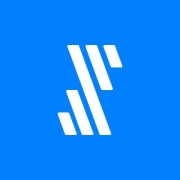






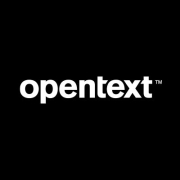
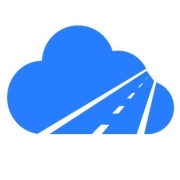
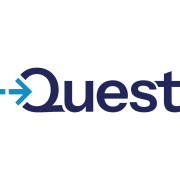
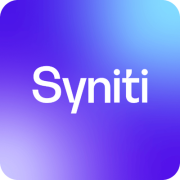

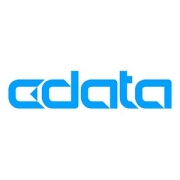
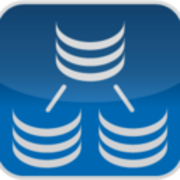




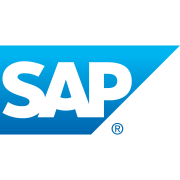
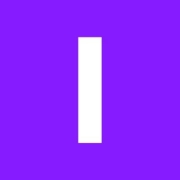

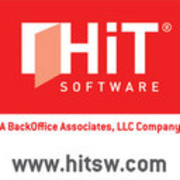

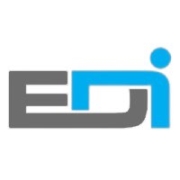




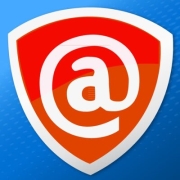
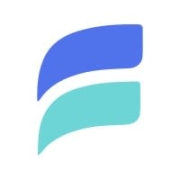







Data replication can work in two ways: either the creation of a single copy of the existing data, or a continuous process. If data is replicated once, then the process simply ends there. However, the most common type of data replication is ongoing replication, which allows for the updates of the copies as the original changes.
Data is most often stored by being distributed among various different systems. Within the various systems, data gets separated into fragments and each fragment is stored on a different node. How data replication works is by gathering these fragments that are spread out in different places and making a replica of them that is then sent to a different server. Thus, a user can ensure not only that their data is secured and that if a fragment on the original fails, there will be a copy of it, but that a replica will be available to other users who may use different sources to access the data.
There are different types of data replication, including:
In order to replicate data, users may rely on a variety of data replication software, specialized for their needs and for the type of replication that they want to perform.
Data replication software is the software used to create different types of replicas of data. Depending on the software users select, they can also benefit from additional functions other than just a copy: there can be options for recovery in a state of emergency and various types of sharing options, as well as continuous data protection.
A company could have their own data replication software or the database they use might have replication tools. It is also possible to use third-party software. Many data replication software offerings are compatible with several databases at the same time, which gives users the opportunity to use their solutions across various databases.
Data replication and data backup may sound similar, but this is a common misconception. While, in an emergency, data replication could serve as a backup, this is not its main purpose.
The backup of data is the creation of a copy of it and then transferring the copy to a completely different source, to ensure that a current copy of the data exists and that if something happens to the main server where the original is stored, it will be possible to recover the losses. Data backup can be done during various stages, including at regular backup times or while the data is being worked with, in order to ensure that a permanent copy of it is saved in a separate place and can be accessed there if necessary.
Through data replication, on the other hand, data is copied and then moved between servers and different storage places, allowing users to access the same constantly-updating replicas of the data through their devices all at the same time. While replicated data can serve as a backup option as well, the purpose of data replication is not to provide a secure copy, but rather to distribute the data across a company, allowing different servers to store and access the information.
The prompt recovery of current data is possible through replication because the replica is updated simultaneously with the original. In contrast, data backup offers a static copy of some version of the original, stored somewhere where nothing can affect it. The two processes serve different needs and can be performed without affecting each other. If a company wants to secure its data while providing it in different locations, then it can benefit from both backup and replication, to ensure both the full protection and accessibility of its information. Different data replication software services also allow for varieties of backups for replicated data.
Choosing the right Data Replication solution depends on several factors, including your specific data volume, performance requirements, and budget constraints. Evaluate the solution's ability to handle your data workload, its compatibility with your existing systems, and the level of support it offers. Consider solutions that provide automated scaling, real-time replication, and robust security features to safeguard your data integrity.
What are the key benefits of Data Replication for disaster recovery?Data Replication plays a crucial role in disaster recovery by ensuring that an up-to-date copy of your data is available in a separate location. This minimizes data loss in case of a system failure or disaster. It offers improved business continuity, reduced downtime, and enhances data resilience by enabling rapid failover and recovery processes.
How does Data Replication impact system performance?Data Replication can impact system performance both positively and negatively. On the positive side, replication can lead to enhanced read performance and load balancing by distributing data across multiple sites. However, it can also introduce latency and require additional resources to manage data synchronization and consistency between replicas, depending on the replication strategy you choose.
How can you ensure data consistency in replicated environments?Ensuring data consistency in replicated environments involves selecting the right replication strategy such as synchronous or asynchronous replication. Implement data integrity checks and conflict resolution policies to handle divergent data updates. Utilizing transaction logs and employing eventual consistency models where strict consistency is not critical can also help maintain data accuracy.
What are the security considerations for Data Replication solutions?When implementing Data Replication, security should be a priority. Encrypt data during transit and at rest to protect against unauthorized access. Use network security measures such as firewalls and VPNs to secure communication channels. Additionally, consider implementing access controls and authentication mechanisms to ensure that only authorized personnel can manage and access replicated data.